At first glance sashiko thread and kogin thread look very similar. | Similarities and differences between the two
At first glance sashiko thread and kogin thread look very similar, so you might wonder what the differences between the two are. Their similarities stand out more:
- both are made of cotton 100%
- both have no fancy sheen
- both are made up of several plies and used whole, not divided like embroidery yarn
Let's take a look at the differences and how it affects the stitching result:
Sashiko vs. kogin thread: the thickness
Sashiko thread is available in different weights or rather thicknesses. But most brands only have one thickness of kogin thread.
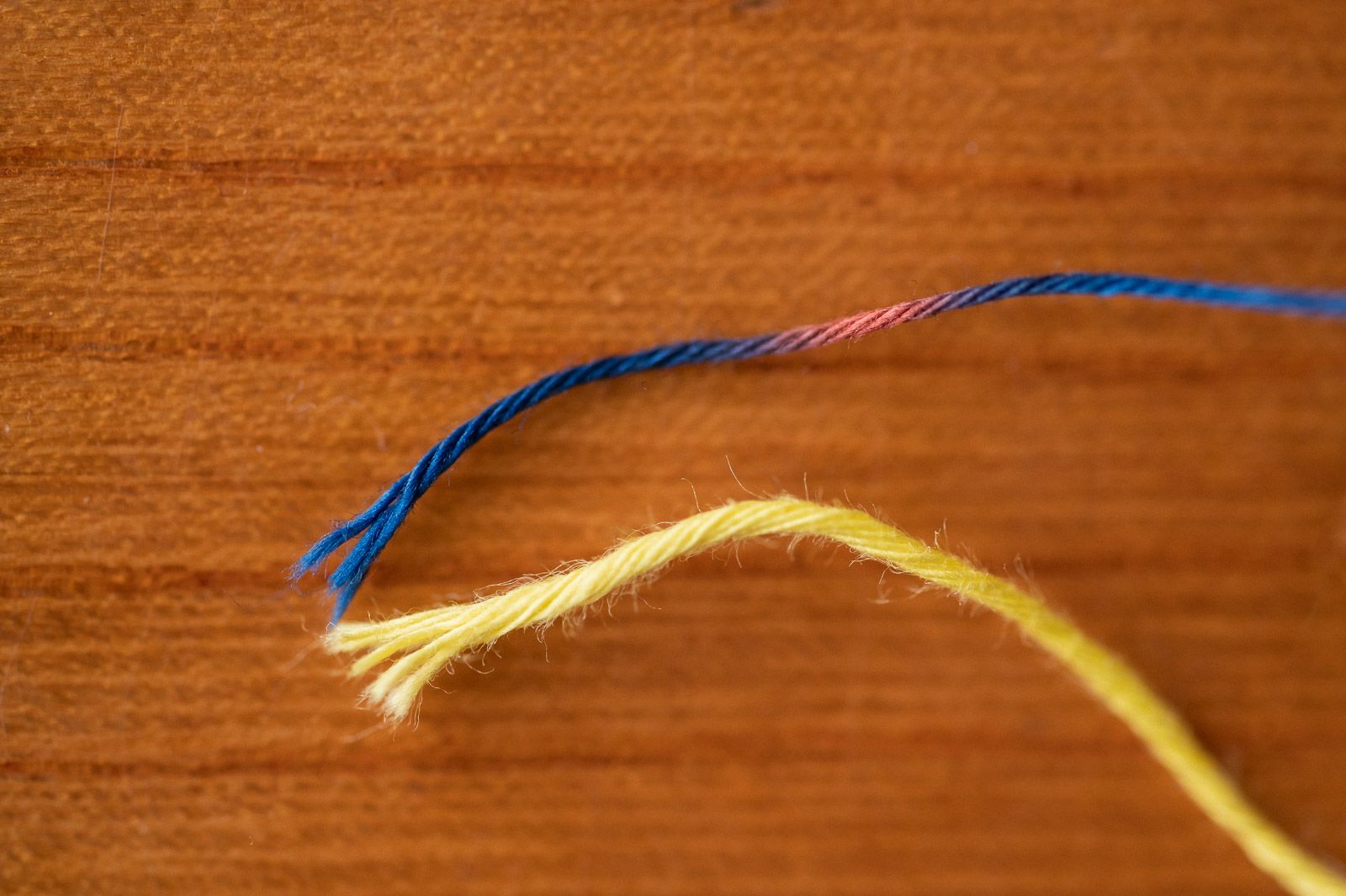
Even though some sashiko thread can be as thick as kogin thread, usually kogin thread is the thicker of the two.
Stitches on the Run is reader-supported. When you buy through links on my site, I may earn an affiliate commission. It doesn't cost you anything extra but it helps keep my blog and my stitches running. Thanks!
Sashiko vs. kogin thread: the thread count
Both sashiko and kogin thread are made up of different plies. Sashiko thread usually consists of 4 or 6 plies, whereas kogin thread is made up of 6, 8 or 10 plies.
As mentioned above, even though the threads can be taken apart into their different plies, they are not supposed to. Both sashiko and kogin use threads as a whole without dividing them up. So unlike embroidery, where you can adjust the weight by choosing the number of plies you use for your design, for Japanese embroidery this isn't viable.
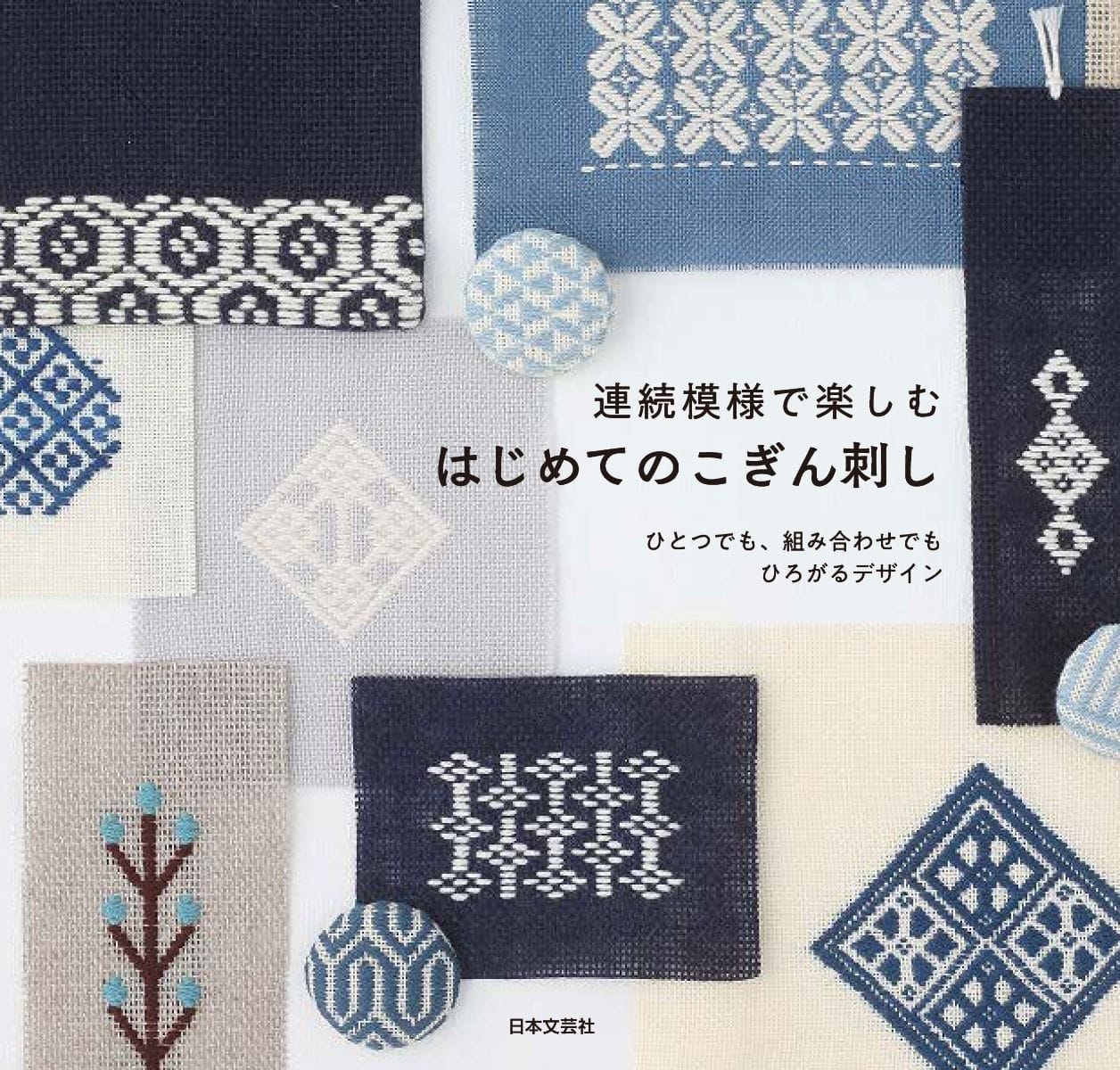
Hajimete no Koginsashi
Very good book with detailed descriptions. Perfect if you are just starting out with koginsashi. As the cover suggests, the photos are all very lovely!
One tiny exception may be Olympus kogin thread. It has an even looser twist than other makers' threads and in one Japanese book about koginzashi for beginners "連続模様で楽しむ はじめてのこぎん刺し" kanrenmoyō de tanoshimu hajimete no koginzashi, one of the designs requires Olympus kogin thread be pulled apart and use only 4 plies at a time.
So while modern koginzashi experiments with new techniques, keep in mind that the traditional version did not divide threads up.
If sashiko and kogin thread can both exist of 6 plies, what's the difference between the two you ask? That's what leads us to the next point.
Sashiko vs. kogin thread: the twist
The individual plies that make up a strand of thread are twisted so that they don't easily come apart. Our two rivals today are twisted differently, that's why even though both can consist of 6 plies, they still achieve a different effect.
Sashiko thread
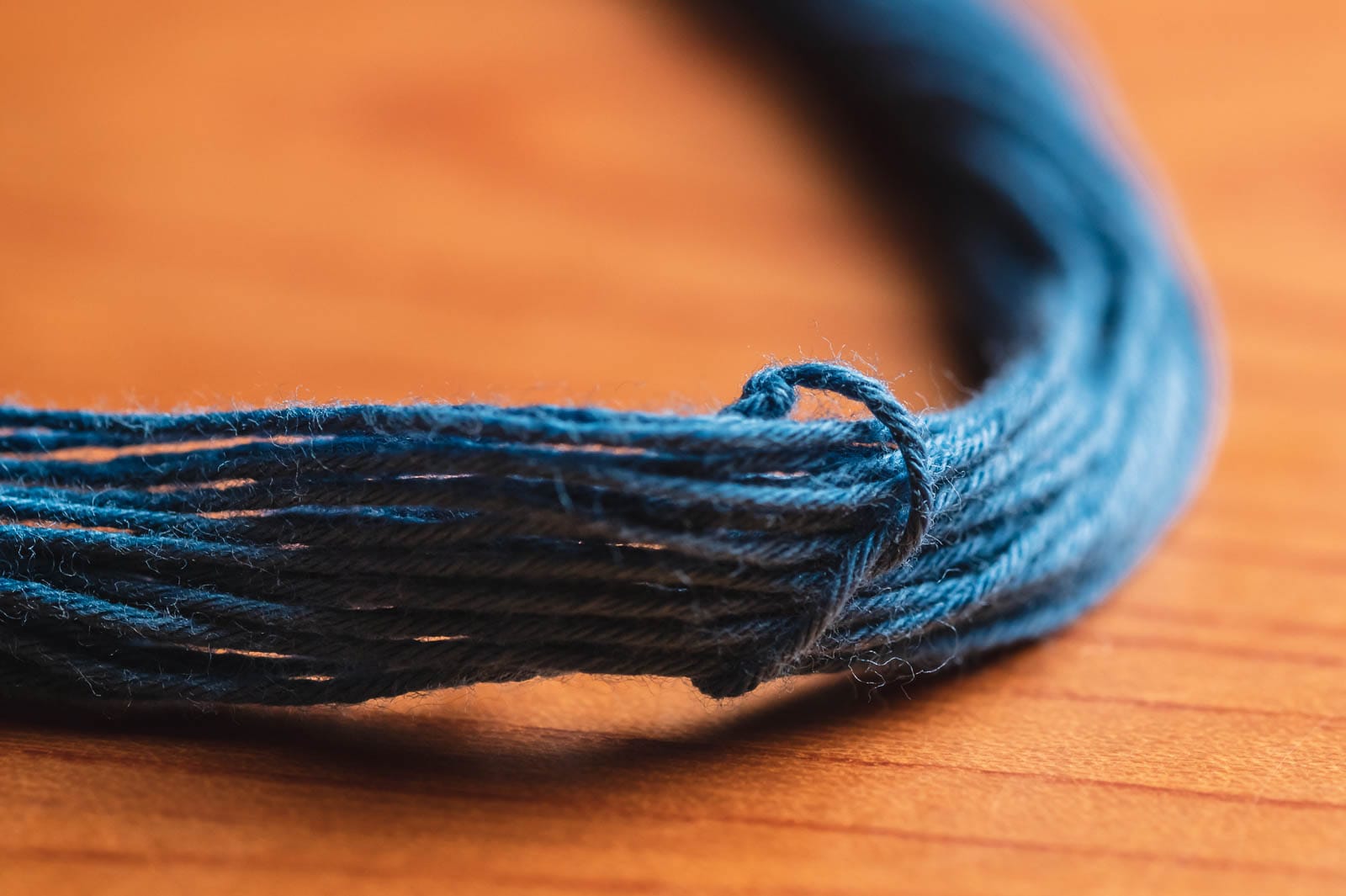
Sashiko thread on the one hand is twisted rather tightly. Not as tightly as some other threads, but definitely more tightly than kogin thread.
This makes sashiko thread the stronger of the two and also makes it easier to work with. The thread is easier to pull through many layers at once which makes 運針 unshin possible: the typical needle movement where you load several stitches in one go onto your needle before you push, not pull, your needle through.
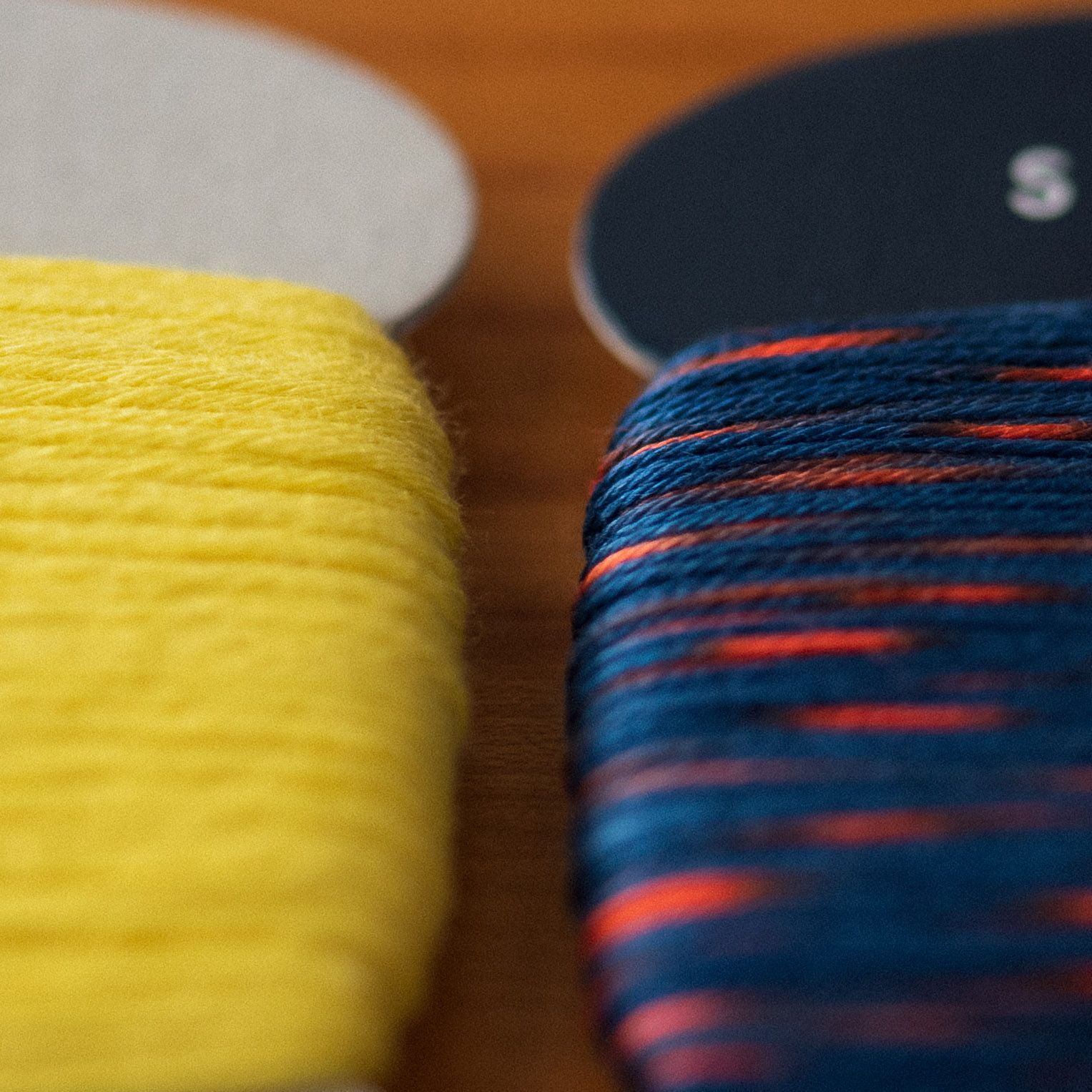
Kogin thread
Kogin thread can work for sashiko projects, but it is not really suited. It is not twisted as tightly as sashiko and therefore a little fluffier.
This is perfect for koginzashi, where you rely on thread count when stitching and usually don't have as far in between two stitches. Because the thread is held in place tightly, its fluffiness contributes and helps the design stand out.
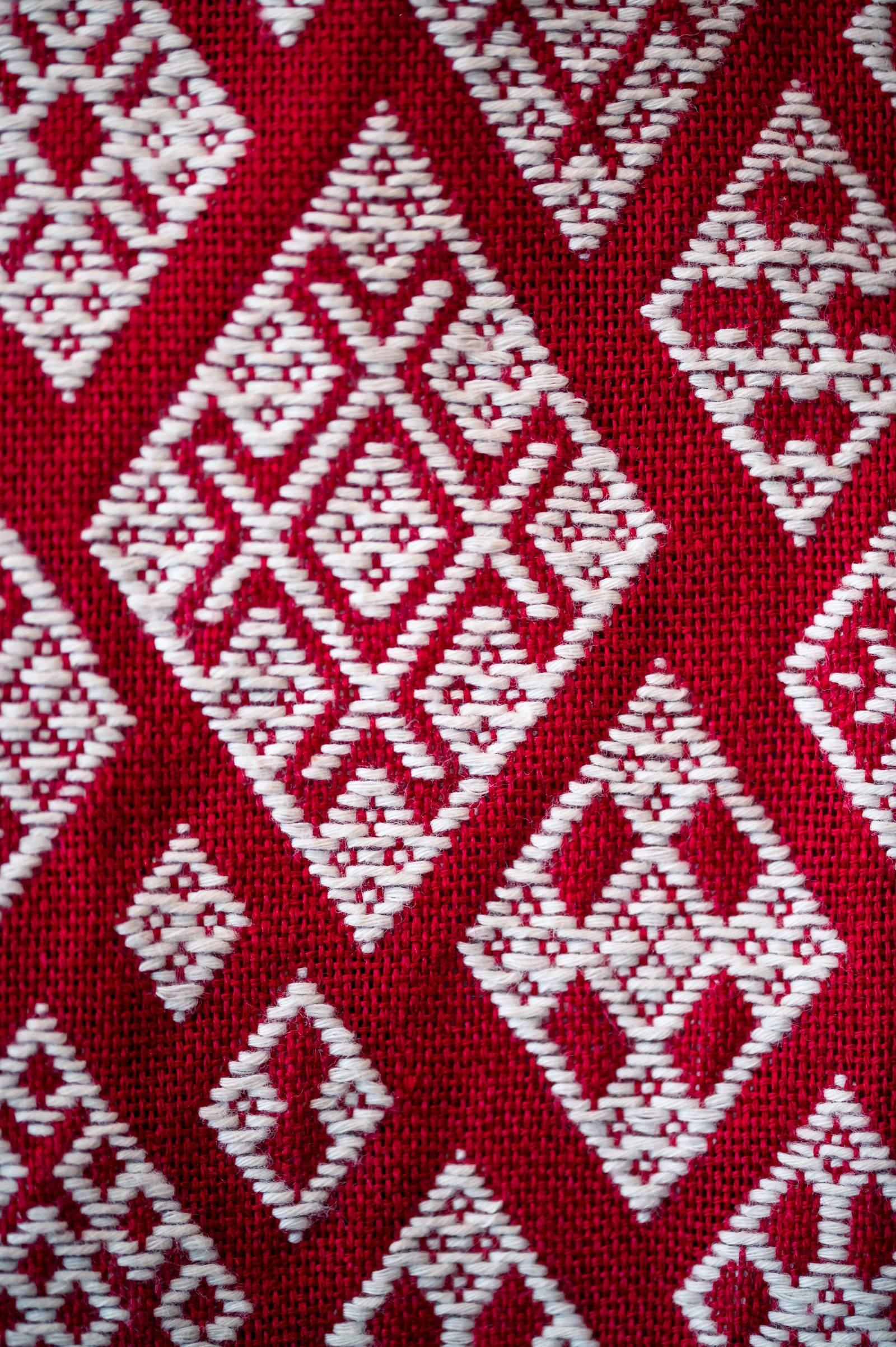
Koginzashi developed in the cold north of Japan's main island of Honshu when commoners were forbidden to wear precious cotton clothes. The thick thread helped fill in the gaps in their homespun linen clothing. Additionally it lend the garments some softness when carrying heavy loads on their back or when they were pulling sleds for miles up the mountains.
Conclusion
The two different threads are named differently for a reason and sashiko thread is perfect for sashiko and its technique, kogin thread is of course perfect for koginsashi and the look will change if you mix the two up.
Some of my favorite sashiko thread is Daruma thread. It's widely available, reasonably priced and has lovely colors!
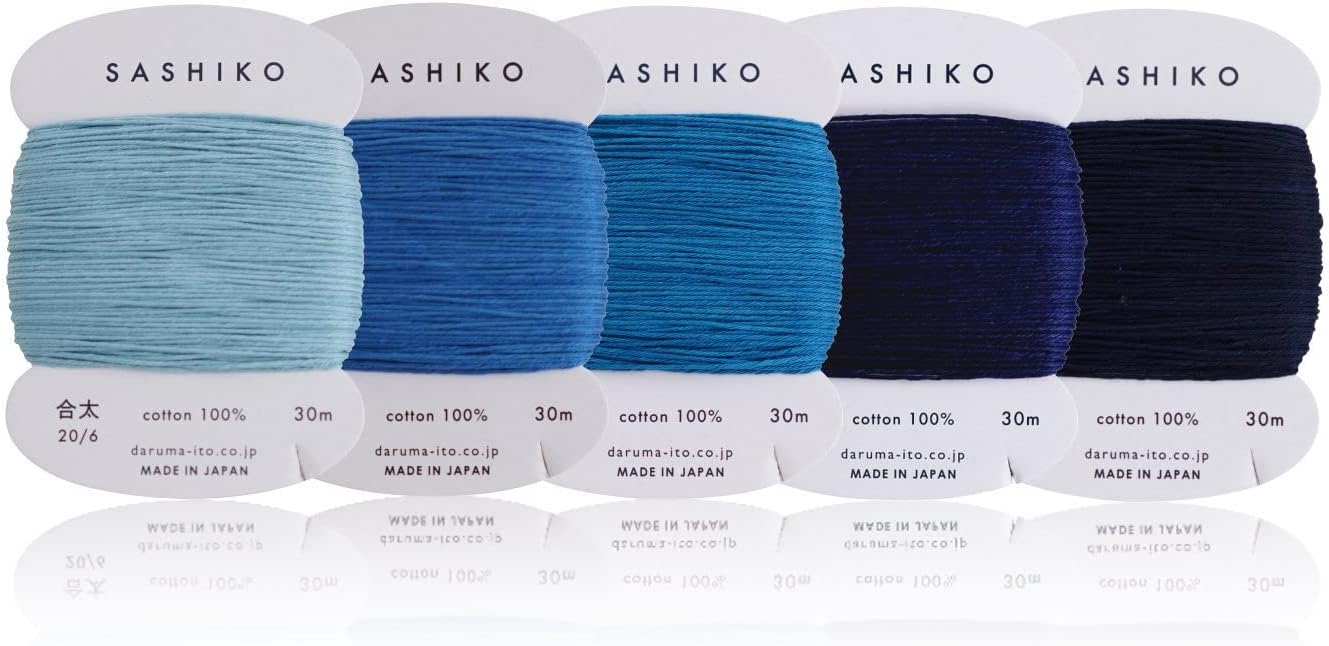
Sashiko thread by Daruma
Some of the best thread I've ever used. Daruma thread doesn't tangle because it is on cards and the colors don't bleed when washed.
Let me know of any projects you do by tagging #stitchesontherun so I can check them out!
If you still have any questions, don't hesitate to send me a message and I'll get back to you.
As always, enjoy stitching!


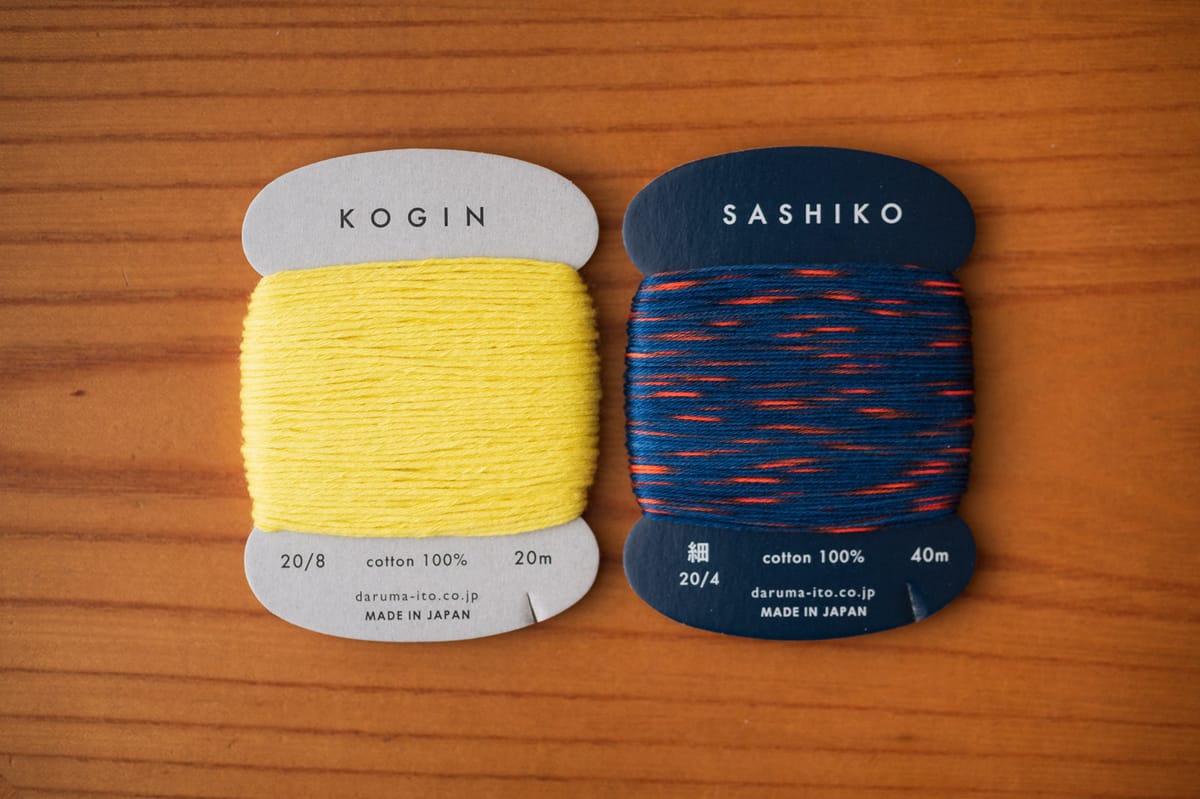
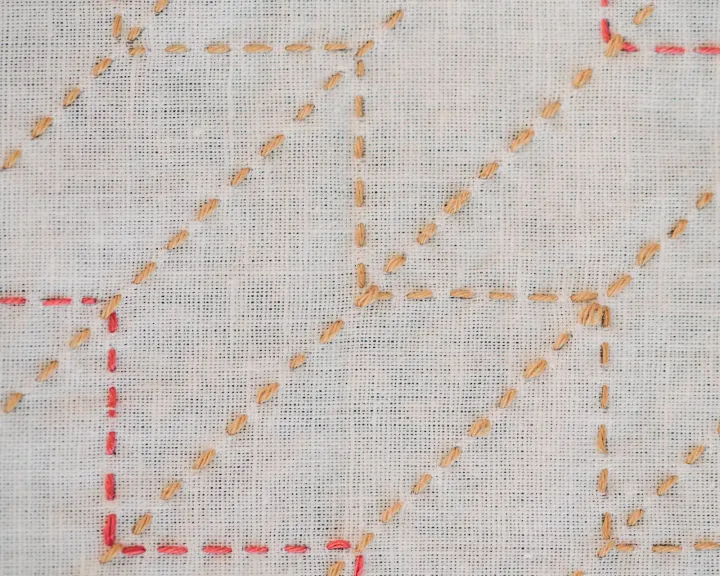
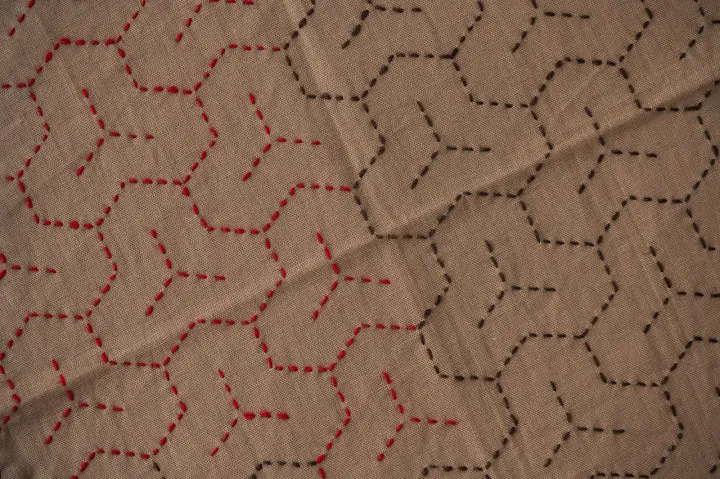
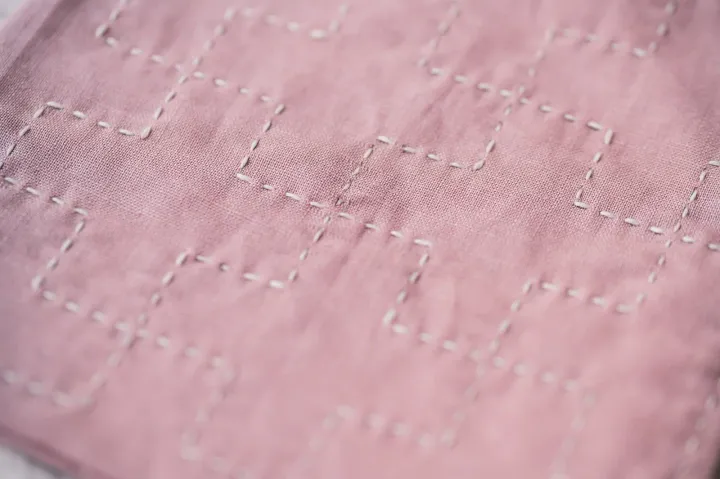
Comments ()